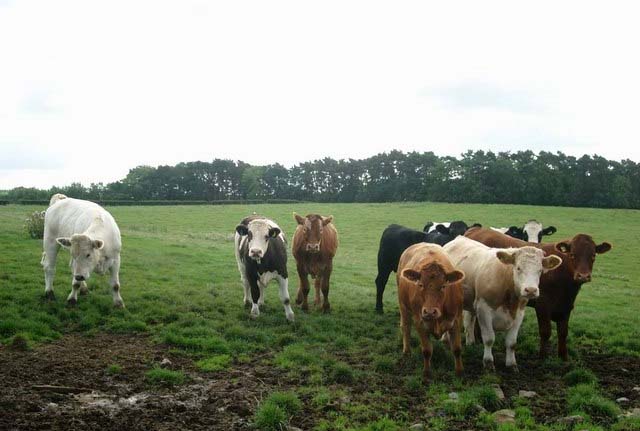
Applying a foot block and using anti-inflammatory drugs have proven benefits when treating lame cows with a sole ulcer, sole haemorrhage or white line disease, according to provisional results from DairyCo-funded research.
When cows are mobility scored five weeks after treatment, the best results come from a therapeutic trim, plus the addition of a block and a non-steroidal anti-inflammatory drug, explains Jon Huxley of the Nottingham University Vet School. “With this combination treatment, 95% of cows are better off than with a therapeutic trim alone.”
Both additional treatments also have a benefit when used separately, compared with a trim. “When we put on a block after a trim, three-quarters of cows are better off and when we use an anti-inflammatory after a trim, two-thirds are better off,” says Prof Huxley.
“It appears that the effects of the two are cumulative, but for both treatments farmers will have to consider the extra costs, particularly for anti-inflammatory treatment.
“But these provisional results already show that even for mild cases of lameness, blocks are delivering benefits and I will be using them more frequently for milder cases than I have previously,” says Prof Huxley.
The study involved five farms with 1,100 cows. During the 12 month study 500 cows showed some signs of lameness and 180 were allocated to one of the four study treatments.
DairyCo research manager Jenny Gibbons adds that the project, part of the Health, Welfare and Nutrition Research Partnership led by the University of Nottingham, was commissioned because there was no real evidence on how to best treat sole ulcers and white line disease. “The results have real practical application in the treatment of lame cows and the project has also shown the value of regular mobility scoring.
“On farms in the study, we saw that fortnightly mobility scoring and treating even mildly lame cows as soon as possible has the potential to halve the number of lameness cases recorded by the end of the study,” says Dr Gibbons.
Prof Huxley urges farmers not already doing so to consider regular mobility scoring, to allow prompt intervention. “Early treatment means cows recover quicker than when you wait until they are visibly lame and they are less likely to become lame in future. It will also mean less impact on milk yields and fertility.”
These findings will be assessed further to see how they can be incorporated into the protocol for treatment of individual lame cows within further herds, and into the DairyCo Healthy Feet Programme.
